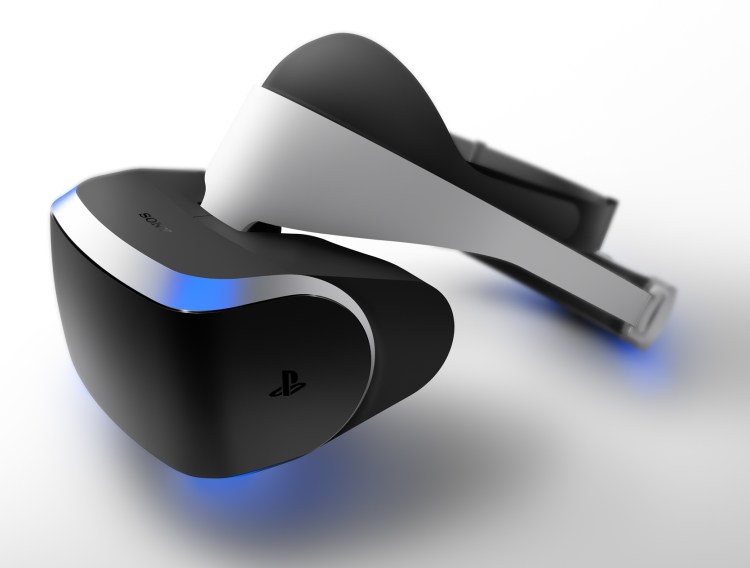The other example to explain this is, when games on Facebook became a thing, there were some companies that tried to use existing [intellectual properties] there. Some companies really believed that was the way to dominate that market — or even the mobile gaming market. But the experiences that were created [specifically] for a particular medium were the ones that became the most successful – FarmVille or Clash of Clans or Puzzle & Dragons. None of these games used existing IP. And they’re even more similar to existing games than VR.
VR is way more different, in my mind. It’ll take lots of effort to create new experiences for VR. That has to be the number-one priority. If it has some existing IP, that’s great, but even if it doesn’t, people who are interested in VR will see what’s the best experience for this new medium. Those people will find new IP.
GamesBeat: How do people discover these new experiences? VR is more of an inaccessible platform.
Yoshida: Absolutely.
GamesBeat: It’s only meant for one person at a time. The person who’s wearing it is the only one who gets the full experience. How do you sell that to consumers without putting a headset on every one of them to try out?
Yoshida: That’s a huge challenge. For one, we have to try to take any opportunity to demonstrate our system and let new people try it out. That’s another area where we can help each other with Oculus. Anyone who has a good time using either Project Morpheus or Oculus will now understand and have high expectations for the future of VR. The number of people who try out either of these systems at this point is a plus for both of us.
The other thing is what we’re calling the “social screen” for Project Morpheus. The PS4 is connected to this small box called the processor unit, and that splits the output. One goes to the head-mount unit and the other looks like a conventional video game screen.
The PS4 is rendering these two distorted images that everyone’s familiar with when you see an Oculus demonstration on the PC. It’s like two circular displays [that, when combined, create the full-screen VR view]. That’s what the PS4 is rendering, and it’s sent to the head-mount unit. But this processor unit takes one image for every frame, and it’s undistorted. The processor unit has actual processor capability to compute a straight image and send it out to the TV.
GamesBeat: It flattens the image out.
Yoshida: Yeah, yeah. If you’re using Project Morpheus, other people around you can pretty clearly see what you’re watching, even though it’s not quite the same experience. That’s what you saw at GDC.
The London Studio guys suggested that they wanted a second screen that looked normal, so they could design a game such that the people wearing the headset can play with other people who are watching. It’s like a Wii U game. One person may be running away while all the others might be trying to catch Mario. It’s that asymmetrical gameplay.
For [Project Morpheus game] The Deep, we didn’t show this at GDC, but the demo is designed so that people watching can use a tablet and draw a line to instruct the sea turtle where to appear and swim around the cage. The shark is attracted and chases the turtle. People watching can influence the experience along with the people who are wearing the display by leading the shark and showing it where to appear. Something like that — that’s designed into the system very easily.
GamesBeat: Let’s say there are a few people in the living room. One person is using the headset and is immersed in the VR world. So would it be possible for the others to use a PlayStation 4 controller to interact with the screen and also play with the VR player?
Yoshida: Yeah. The game has to be designed so that the person wearing the headset isn’t looking around too much. They might be focused on looking forward, so that the people watching [from the outside] can see the game scene as well. The other people can use a controller to have an impact. It’ll be up to the game designers. But at this point, the prototype only allows the same image to be split like this.
GamesBeat: That second image always has to be what the VR player is looking at?
Yoshida: Yeah. If you want to create a Wii U-like experience, you’d need to use a second screen, like a smartphone or a tablet or a PS Vita.
VentureBeat's mission is to be a digital town square for technical decision-makers to gain knowledge about transformative enterprise technology and transact. Learn More

